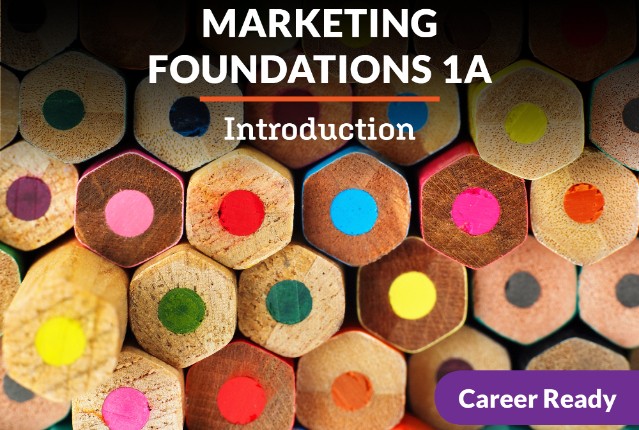In the last unit, we discussed the heart of the sports and entertainment marketing industry—event marketing. In this unit, we’ll explore another key component of the business—product marketing. Recall that at the beginning of the course, we determined that there are two key commodities that sports and entertainment marketers must promote to their prospects: core products and ancillary products. We identified the core product as the entertainer, athlete, or team. This core product must exist in order for any other related product to be sold. These related products, called ancillary products, depend on the draw of the core product in order to be appealing to the target market. There are many other factors that determine the success of these products, however. This unit will focus on how sports and entertainment marketers effectively promote, market, distribute, and sell their ancillary products.
What will you learn in this unit?
- Explain channels of distribution for sports and entertainment marketing products and describe activities of each channel member.
- Identify components of the promotional mix such as advertising, visual merchandising, and personal selling.
- Demonstrate visual merchandising techniques for sports and entertainment marketing.
- Analyze a promotional plan for effectiveness.
- Describe stages of new-product planning.
- Define product mix.
- Identify stages of the product life cycle for new or existing sports or entertainment marketing products






